About Fuhai Lucky Tangerine Ripe Pu-Erh (Xiao Qing Gan)
From a certain point of view, dried tangerine and Pu-Erh tea are made for each other. From the Ming dynasty, dried tangerine started to be treated as a very special tea because of its unique medical value and natural fruity aroma. Pu-Erh was brewed together with dried tangerine by coincidence in the Qing Dynasty. Since then, this combination has become popular throughout the country.
During the production of the tea, the green tangerine was dried which helps to retain its ball shape in order to wrap the Pu-Erh tea leaves inside. The green tangerine of our orange-peel style Pu-Erh tea comes from Xin Hui in Guangdong province which is the hometown of dried tangerine and famous for its best mandarin garden. The technology of making tangerine is regarded as one of the National Intangible Cultural Heritage.
This particular Tangerine Ripe Pu-erh is made by the well-known Fuhai Tea Factory. The tea leaves wrapped inside are 2011-year Emperor’s Royal ripe Pu-erh tea leaves originating from Meng Hai County in Xishuangbanna, Yunnan province.





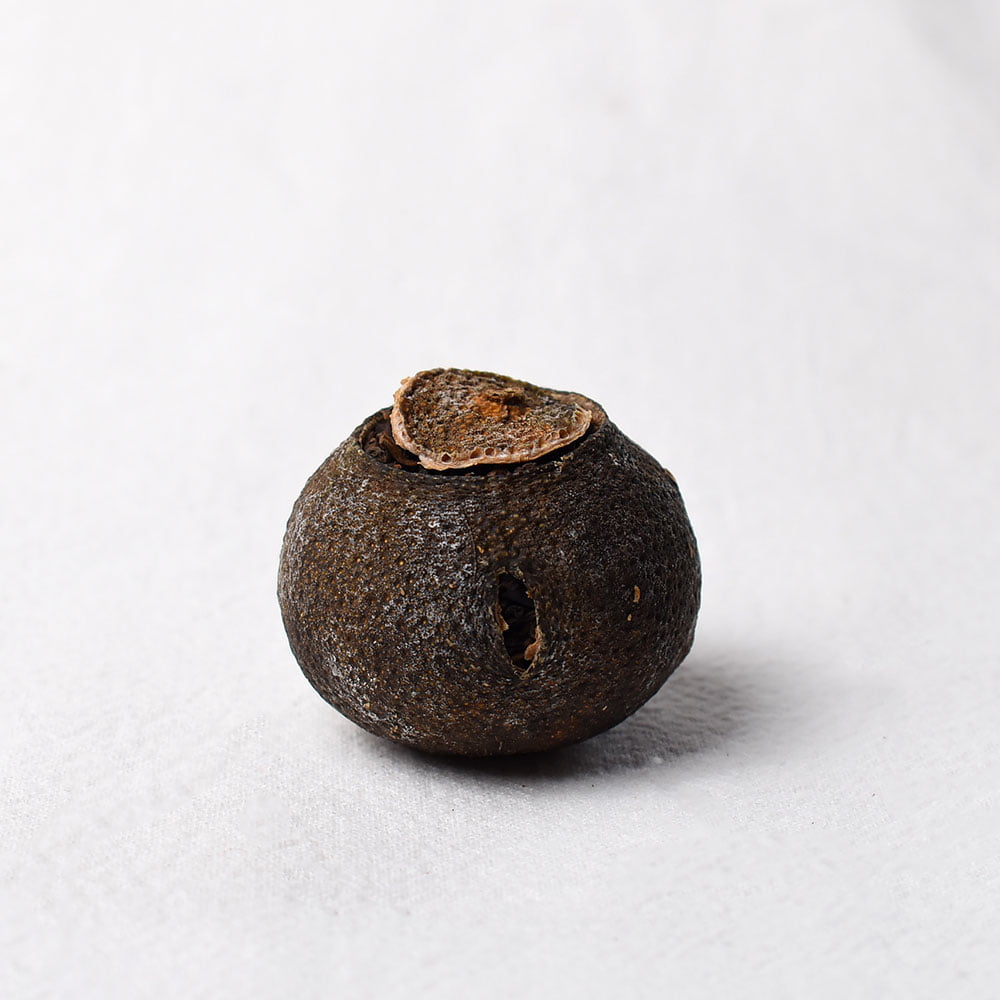
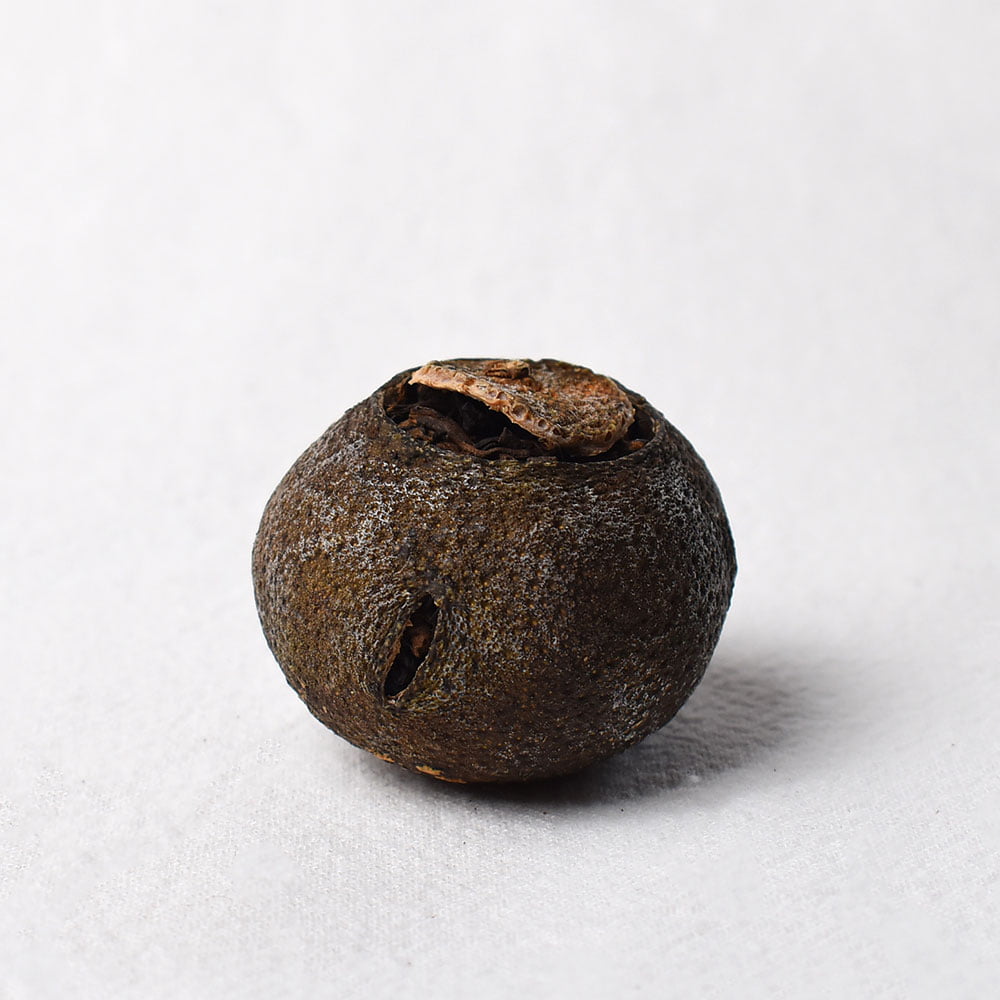
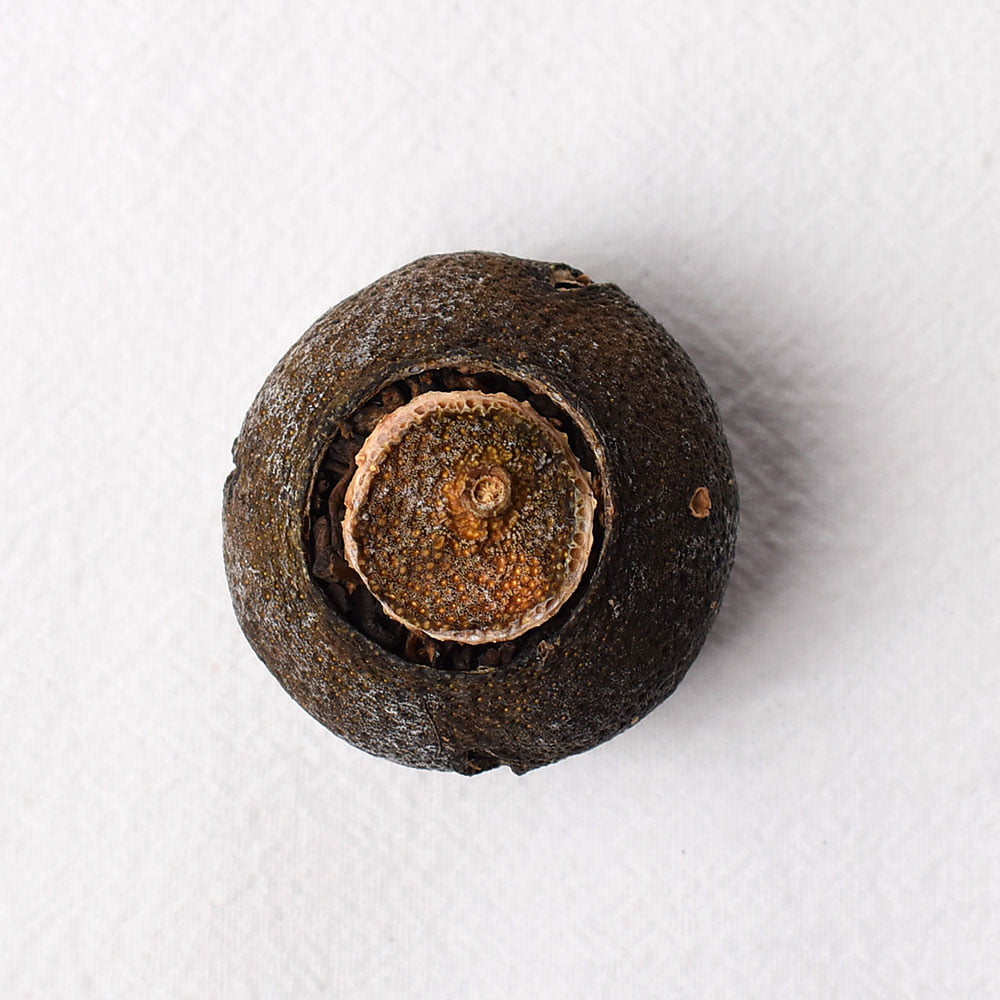
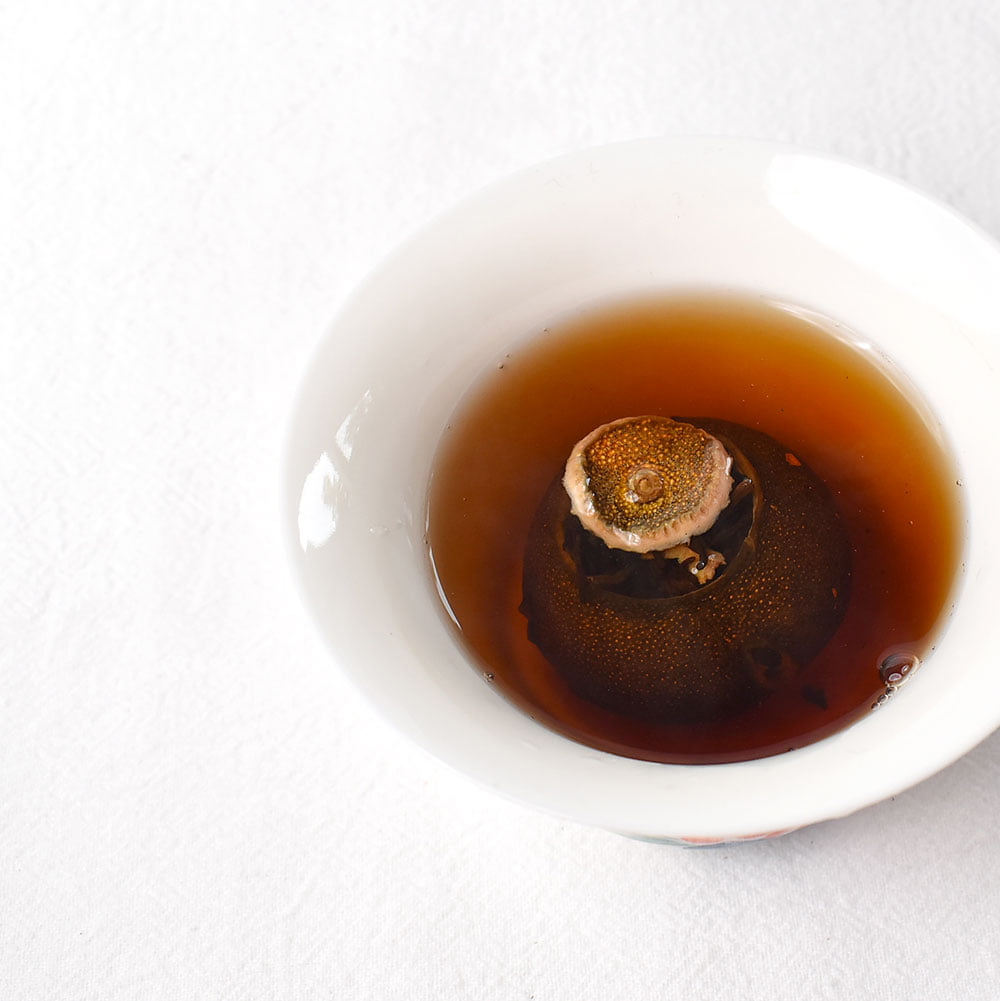
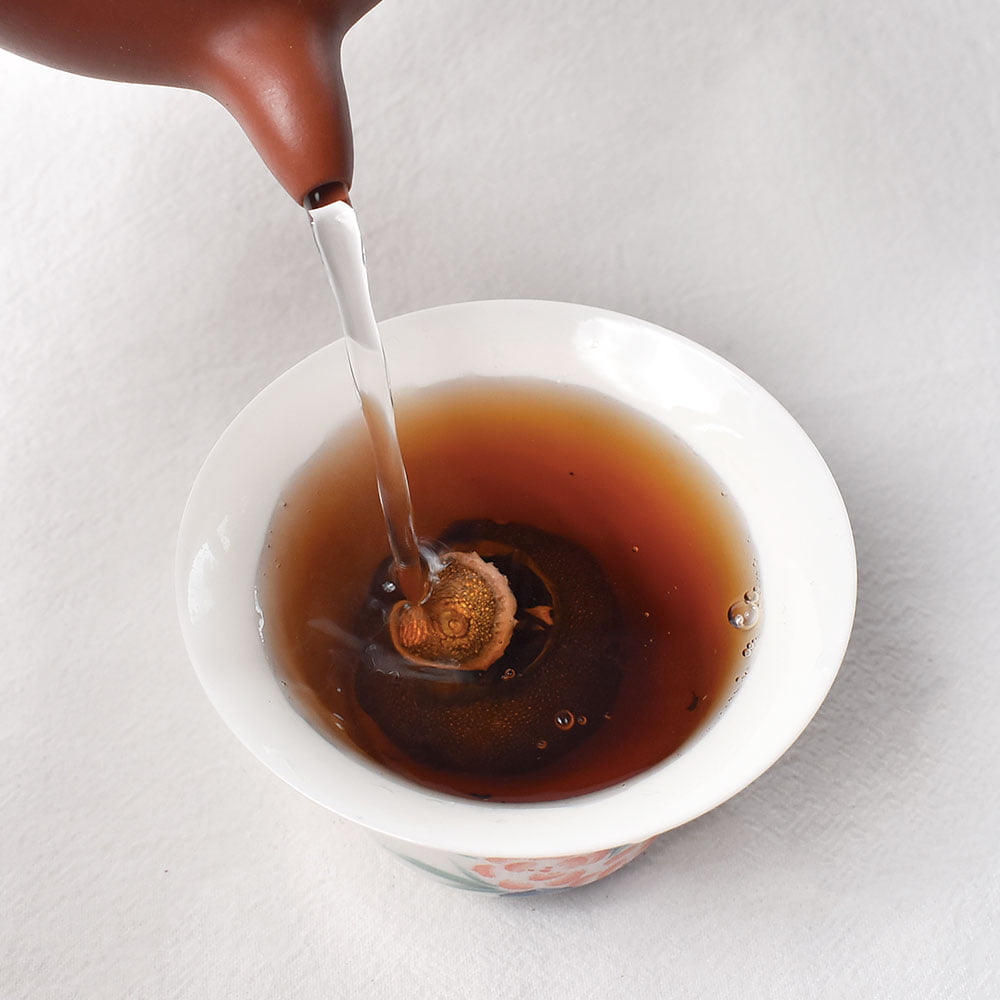
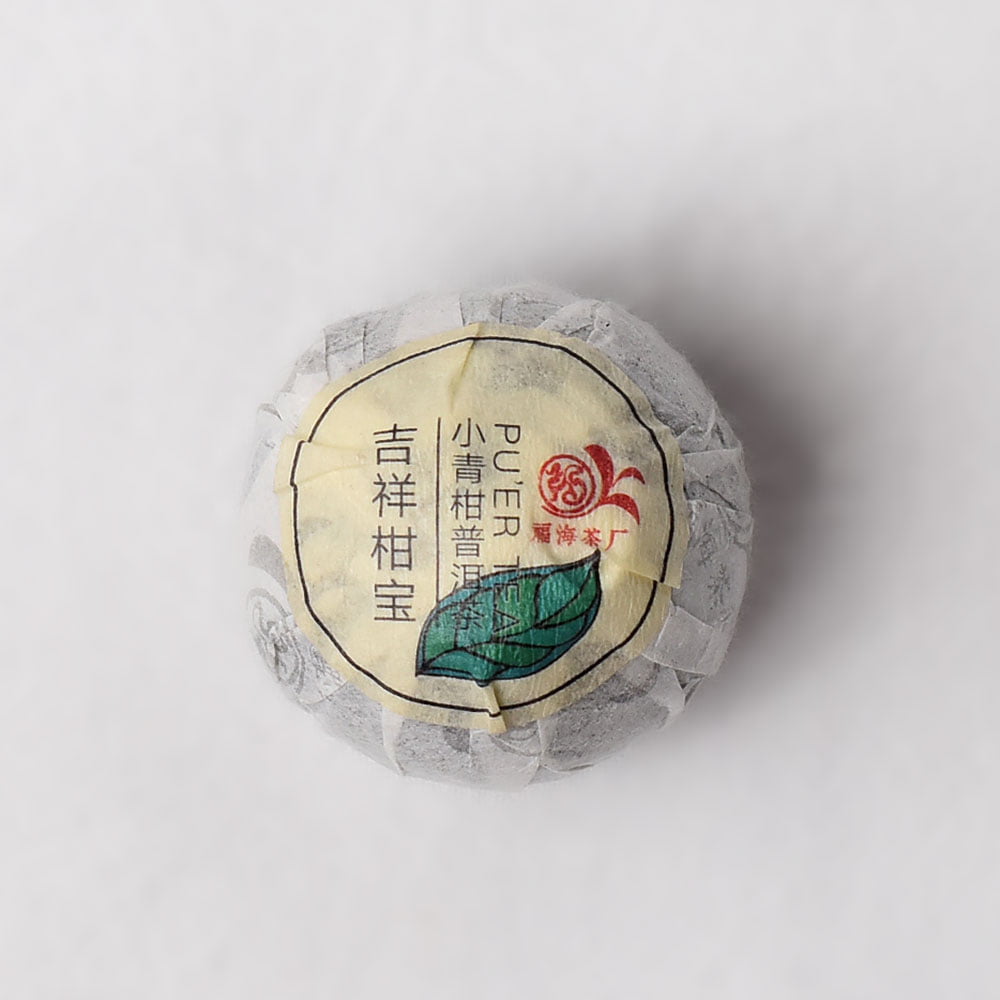
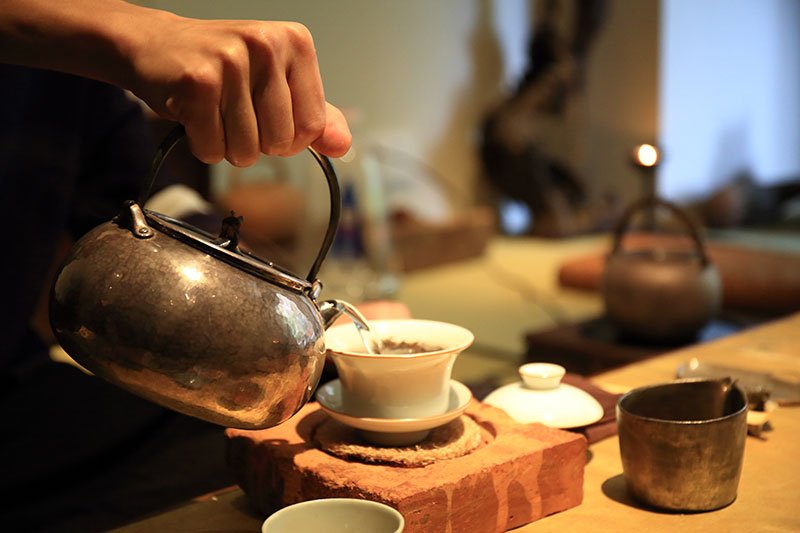
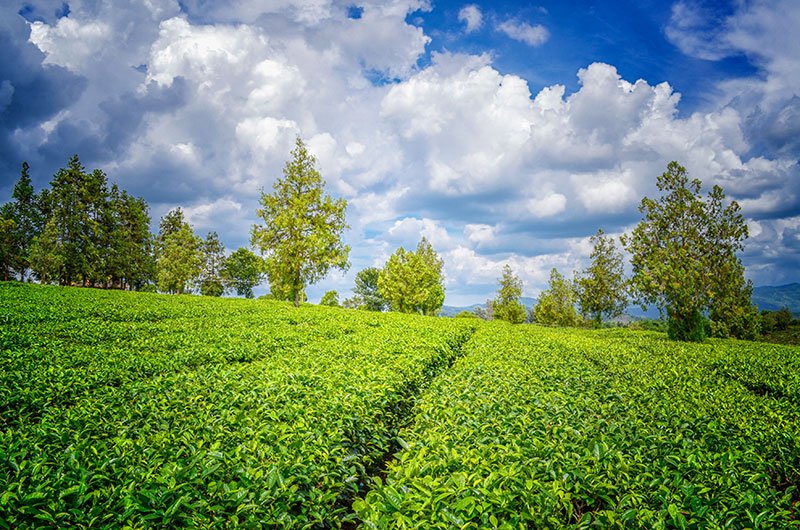
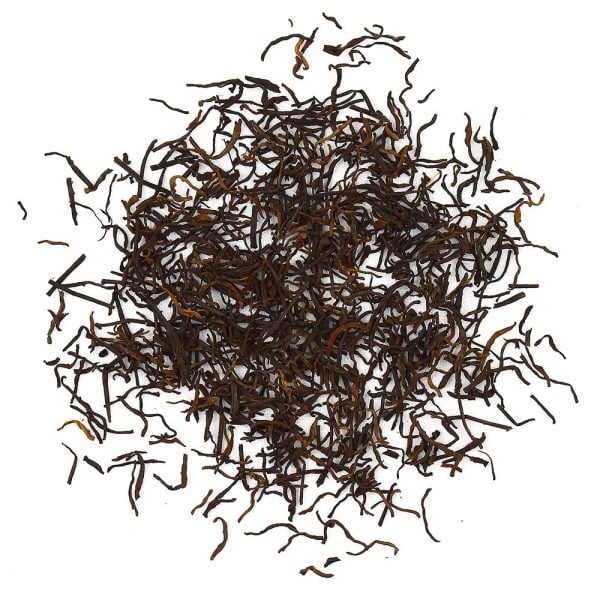
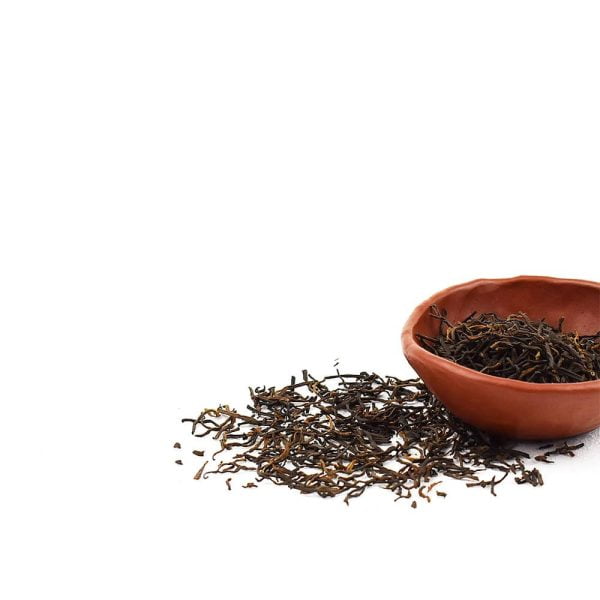
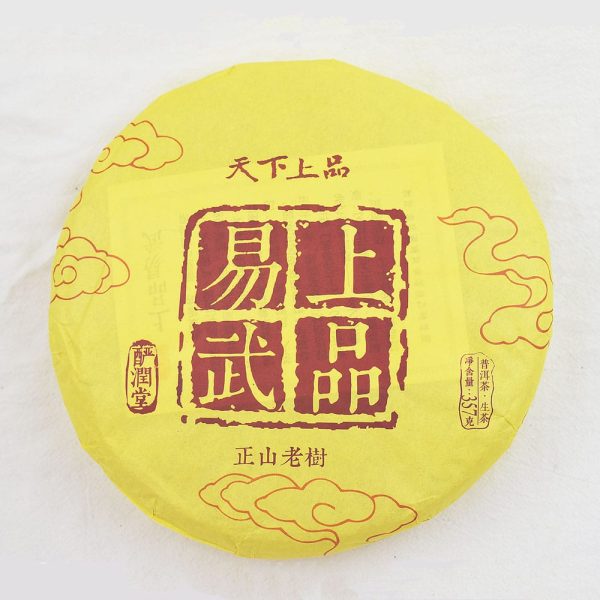
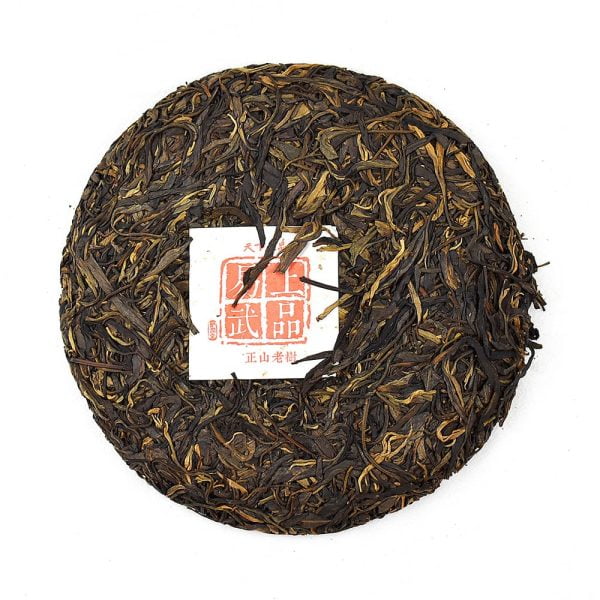
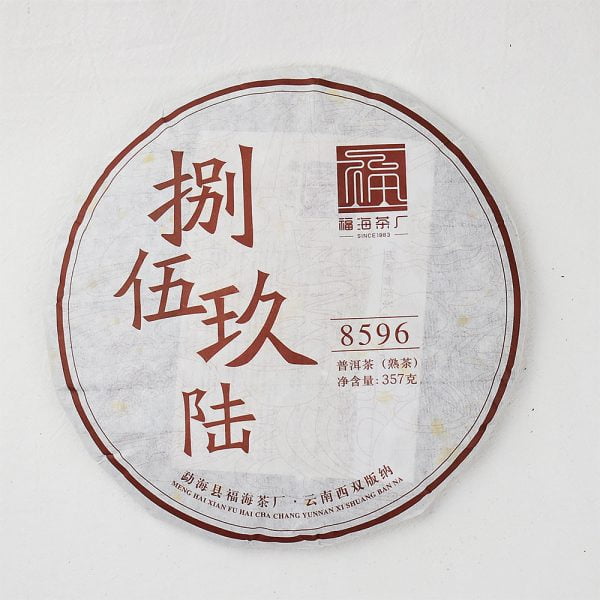
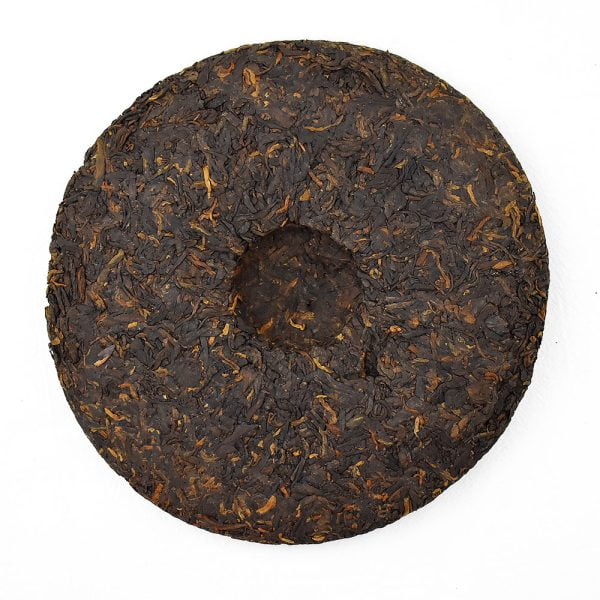
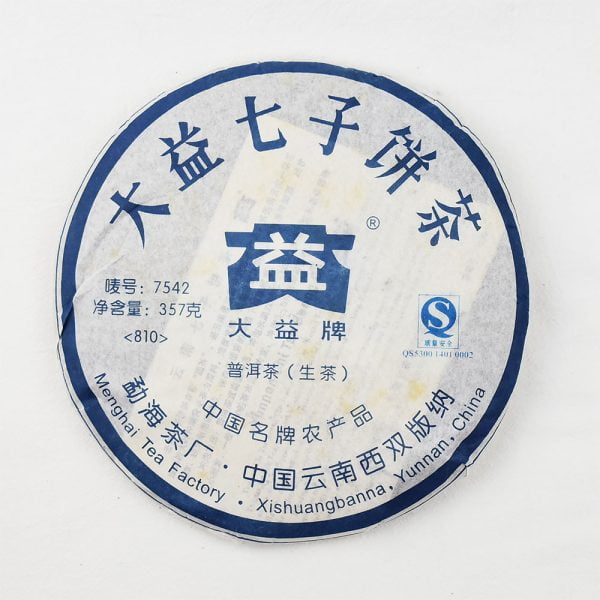
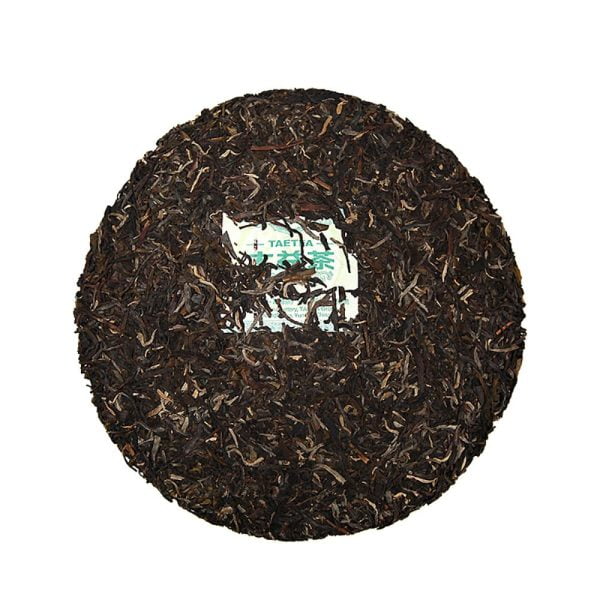
Madeleine –
This has a beautiful citrus flavour that is unmatched. This is light on the palate with a woody sweet aftertaste. Lovely and unique tea!
Audrey –
Wow! This is the most amazing looking tea, and the taste is incredible. It’s tropical and light on the palate. I’ve bought three more to give as gifts, and this tea is so unique.